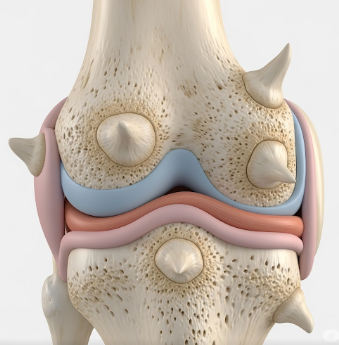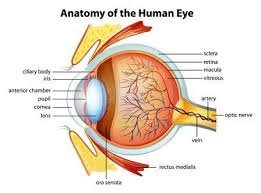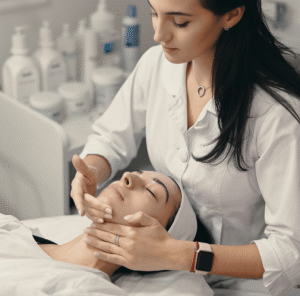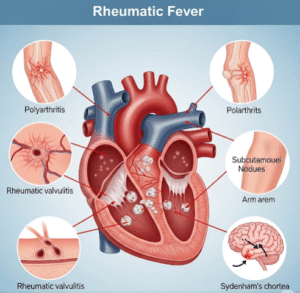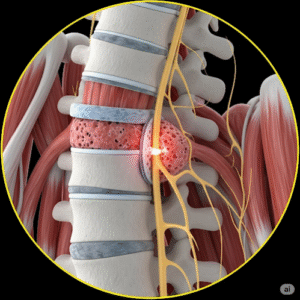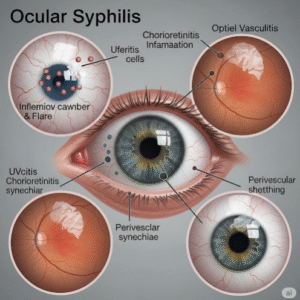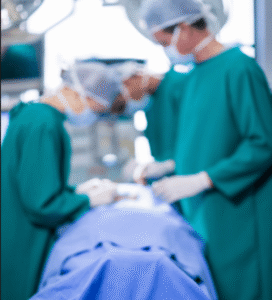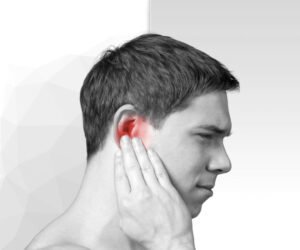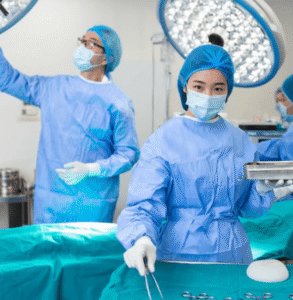Overview
Bone spurs, also known as osteophytes, are bony projections that develop along the edges of bones, typically in joints. They often form as a response to joint damage from osteoarthritis, aging, or repetitive stress, and can cause pain, stiffness, and limited mobility.
In Korea, bone spurs are treated through orthopedic clinics, physical therapy centers, and minimally invasive surgical facilities. Korean healthcare emphasizes early diagnosis, non-surgical management, and advanced surgical techniques to relieve pain, restore function, and prevent recurrence.
What is a Bone Spur?
A bone spur is an extra bone growth that develops at the edge of a bone, usually near a joint. It often occurs where bones meet cartilage, such as the spine, knees, hips, shoulders, or feet.
Bone spurs themselves are not always symptomatic. Many people have them without noticing any discomfort. However, when bone spurs compress nerves, tendons, or surrounding tissues, they can cause:
- Localized pain and inflammation
- Reduced range of motion
- Numbness or tingling in extremities
- Swelling in affected joints
Symptoms
Symptoms vary depending on location, size, and whether the spur compresses nearby structures:
- Joint pain and stiffness, especially after activity or in the morning
- Swelling or tenderness around the affected joint
- Reduced mobility or difficulty bending or extending the joint
- Numbness, tingling, or weakness if nerves are compressed, particularly in the spine
- Grinding or clicking sensation in the joint during movement
- Foot discomfort from heel spurs, often worse when walking or standing
Many bone spurs remain asymptomatic and are discovered incidentally during imaging for other conditions.
Causes
Bone spurs form as a response to chronic stress or joint degeneration. Common causes include:
- Osteoarthritis: Cartilage degeneration triggers bone growth to stabilize the joint
- Aging: Natural wear and tear on joints over time
- Repetitive motion or overuse: Athletes, laborers, or individuals with physically demanding jobs
- Posture or alignment issues: Spine or foot stress increasing joint pressure
- Trauma or joint injury: Previous fractures or ligament damage
- Inflammatory conditions: Rheumatoid arthritis or tendonitis
- Genetic predisposition: Family history of joint degeneration
Risk Factors
- Age: Individuals over 40 are more likely to develop bone spurs
- Osteoarthritis or joint degeneration
- Repetitive physical activity or sports
- Obesity: Increases stress on weight-bearing joints
- Poor posture or spinal alignment
- History of joint injury or fractures
- Occupation involving prolonged standing, lifting, or repetitive movements
Complications
Bone spurs can lead to various complications if left untreated:
- Nerve compression: Can cause pain, numbness, tingling, or weakness
- Joint deformity and limited motion due to chronic stress and inflammation
- Tendon and ligament irritation: Leading to tendinitis or bursitis
- Spinal issues: Bone spurs in the spine may cause spinal stenosis or radiculopathy
- Chronic pain and disability affecting daily activities
- Difficulty in footwear fitting or walking in cases of heel spurs
Prevention
While bone spurs cannot always be fully prevented, the following measures help reduce risk and delay progression:
- Maintain joint health: Regular low-impact exercises such as swimming or cycling
- Weight management: Reduces stress on weight-bearing joints
- Good posture and ergonomics: Prevent spinal and joint stress
- Avoid repetitive stress or overuse of joints when possible
- Protect joints during sports or physical activity with supportive equipment
- Prompt treatment of arthritis or joint injuries
- Stretching and strengthening exercises to maintain flexibility and support
Treatment Options in Korea
Diagnosis
Korean orthopedic specialists use advanced diagnostic techniques to identify bone spurs accurately:
- Physical examination: Assesses pain, tenderness, and joint function
- X-rays: Identify bony projections and joint degeneration
- MRI or CT scans: Detailed evaluation of soft tissue and nerve involvement
- Ultrasound: Sometimes used for tendon or soft tissue spurs
- Electromyography (EMG): Evaluates nerve compression if symptoms include numbness or tingling
Medical Management
Non-surgical management is often the first approach:
- Medications: NSAIDs or analgesics to relieve pain and inflammation
- Corticosteroid injections: Reduce inflammation in affected joints
- Physical therapy: Strengthening muscles, improving flexibility, and reducing joint stress
- Orthotic devices: Heel pads, braces, or shoe inserts for foot or spine-related spurs
- Activity modification: Avoiding repetitive movements that aggravate symptoms
Surgical Management
Surgery may be considered when bone spurs cause persistent pain, nerve compression, or mobility limitations:
- Arthroscopic removal: Minimally invasive procedure for joint spurs
- Spinal decompression surgery: For spinal bone spurs compressing nerves
- Excision of heel spurs or bone prominences affecting mobility
- Joint reconstruction or replacement: In severe osteoarthritis with spurs
Korean orthopedic centers are known for advanced minimally invasive procedures that reduce recovery time and preserve joint function.
Supportive Care
- Rehabilitation programs: Post-surgery physical therapy to restore mobility
- Pain management: Medications, hot/cold therapy, and lifestyle modifications
- Nutritional support: Diet rich in calcium and vitamin D for bone health
- Regular monitoring: To track joint health and prevent recurrence
Prognosis
The prognosis for bone spurs in Korea is generally favorable with timely treatment:
- Many patients experience symptom relief with non-surgical interventions
- Surgery provides permanent relief from nerve compression or severe pain
- Early management prevents chronic pain, disability, and joint deformity
- With Korea’s advanced orthopedic and rehabilitation services, patients regain mobility, function, and improved quality of life

